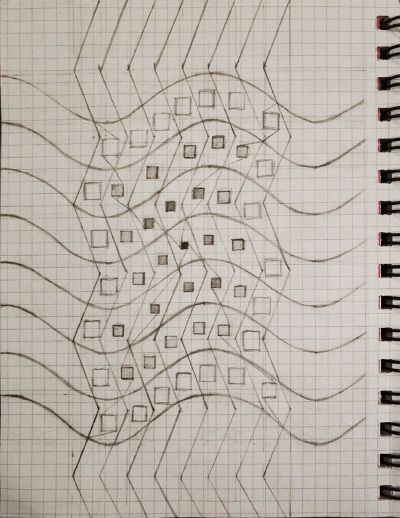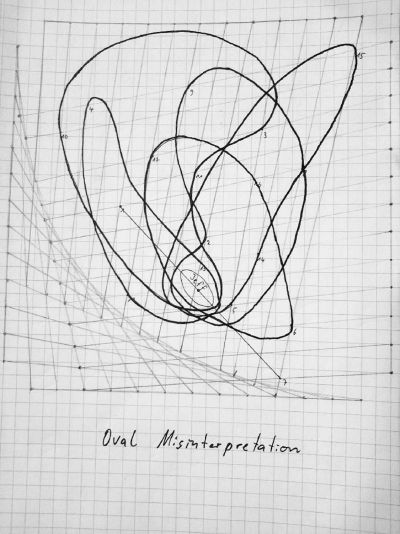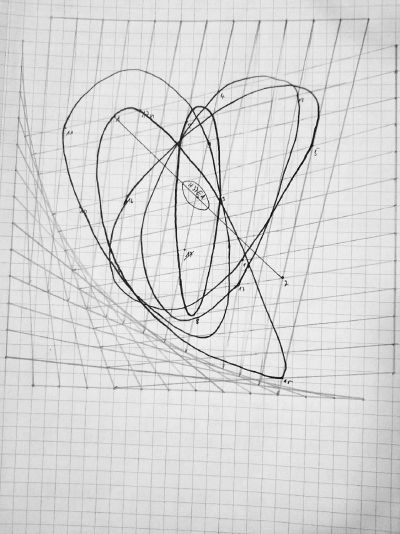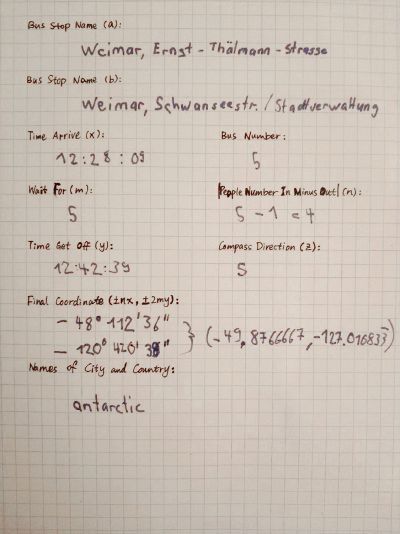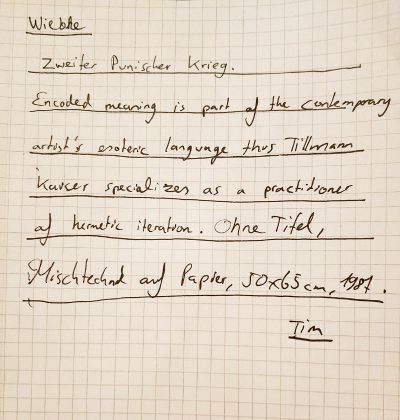Algorithm for Humans 1 & Algorithm of Manuel — 19.10.18
| Result | Algorithm |
|---|---|
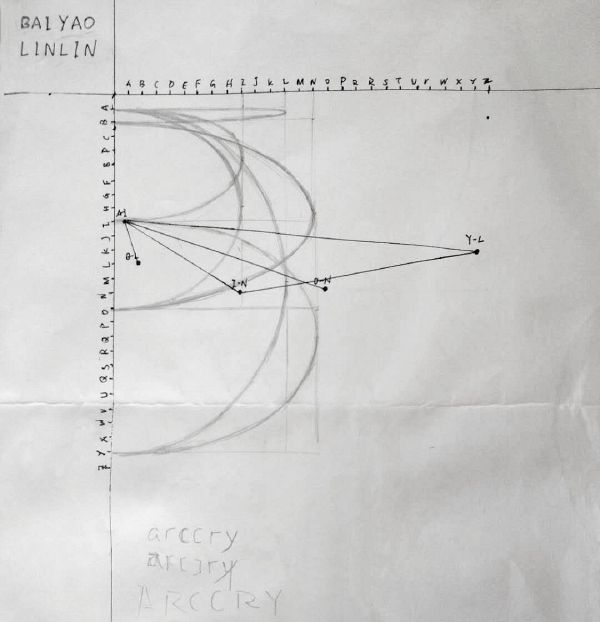
|
1. Superimposed results of the Introductory Algorithm. By executing the algorithm, each participant of the class created a unique personal sign, based on their own name. Introductory Algorithm 2. Executed algorithm of Manuel, called Arccry, inspired by 'Farcry' and the arcs presented. |
Algorithm Practice 1 — 26.10.18
| Result | Algorithm |
|---|---|
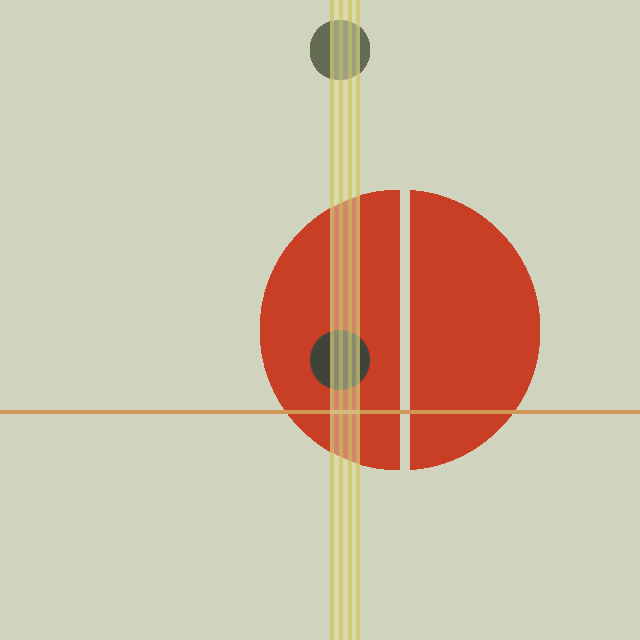
|
Work of László Moholy-Nagy. used 2D shapes, colors, setup(), draw() Moholy-Nagy.pde |
2D Grid Structure — 2.11.18
| Result | Algorithm |
|---|---|
Error creating thumbnail: convert convert: Unrecognized option (-layers). Error code: 1
|
2D grid structure with rotate. used grid for loops, pushMatrix(), popMatrix(), translate(), rotate(), sin(), cos() Arc.pde |
Algorithm Practice & HGP 2 — 9.11.18
| Result | Algorithm |
|---|---|
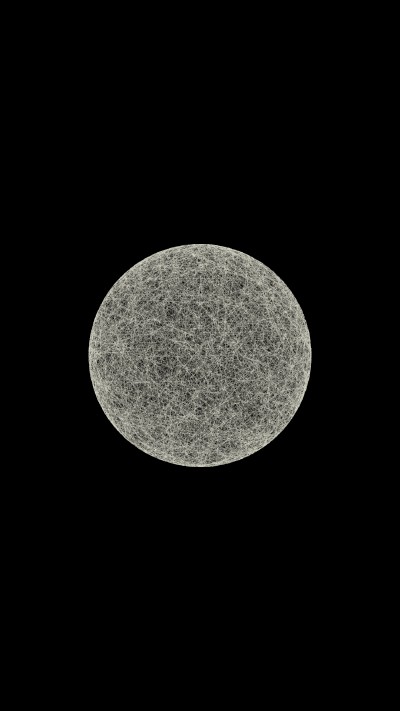 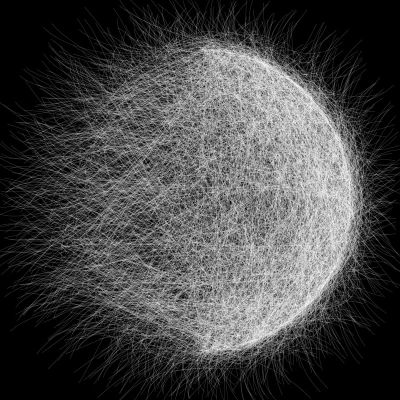
|
Practice with array. used arrays, random() inspired by moon pictures File:Float array tryout.pde |
Algorithm Practice & HGP 3 — 16&23.11.18
| Result | Algorithm |
|---|---|
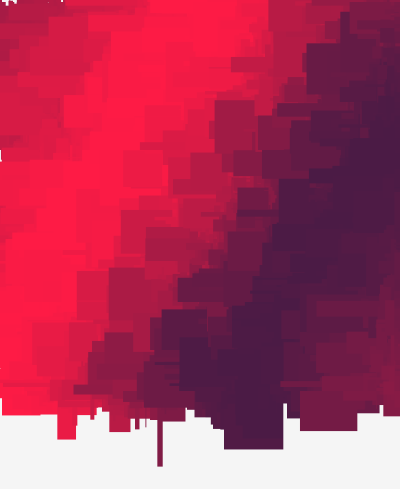
|
Practice with noise/cos/matrix. used noise() File:Gridnoise.pde |
Algorithm Practice — 07.12.18
| Result | Algorithm |
|---|---|
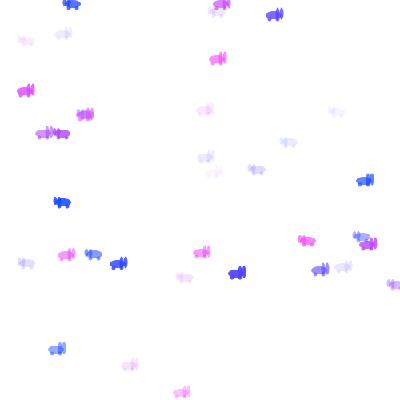 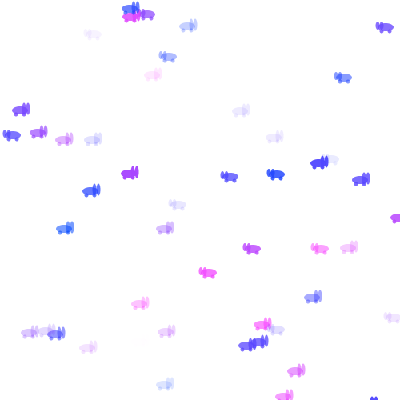
|
Practice with class. used loops, class, if statements File:classproj.pdeFile:conte.pde |
Algorithm Practice — 14.12.18
| Result | Algorithm |
|---|---|
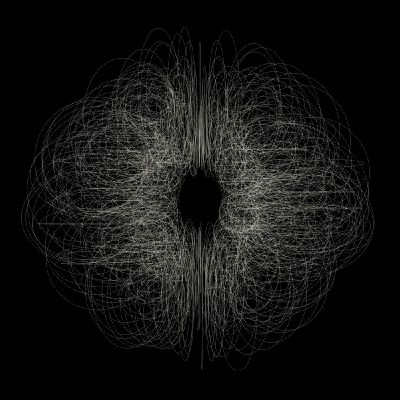 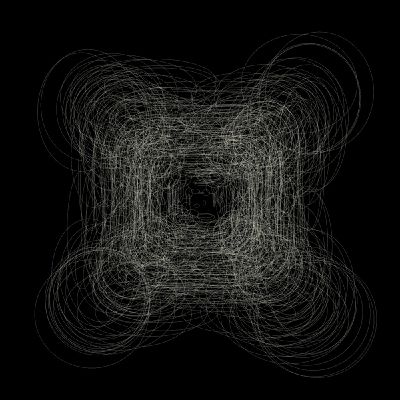 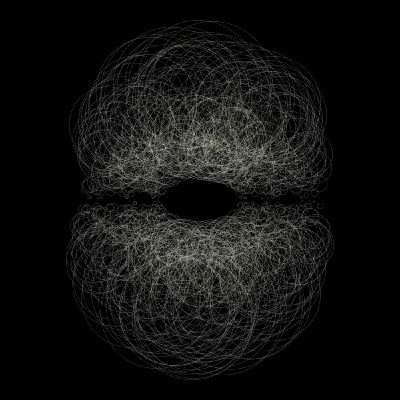 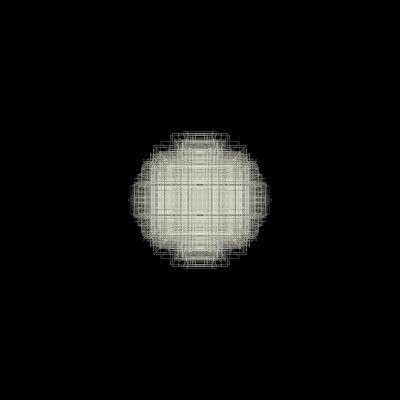
|
Practice with P3D in previous work. used the P3D renderer in a previous work File:round.pde |
